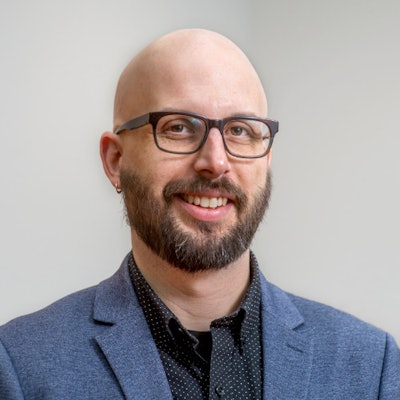For roughly 15,000 stopped out postsecondary students in northeast Ohio, institutional debt, acquired through unpaid tuition, or parking tickets, or student fees, has kept them from accessing their transcripts to re-enroll at a university.
Now, those 15,000 individuals will get another chance at completing their degree.
The Ohio College Comeback Compact is a collaboration of eight institutions, supported by the Ohio Department of Higher Education and two education-focused non-profits, Ithaka S+R and College Now Greater Cleveland. The compact provides an opportunity for students with some college, no degree (SCND) to return to any one of the participating institutions, have up to $5,000 of institutional debt forgiven, transcripts released, and receive additional supports to help them complete their educational journey.
As of July 2020, the number of SCND students is up to 39 million, with 48 states seeing their number grow, according to the National Student Clearinghouse Research Center, which analyses enrollment, retention, and completion data for 97% of institutions in the U.S.
 Elizabeth Looker, senior program manager at Ithaka S+R
Elizabeth Looker, senior program manager at Ithaka S+R
Looker added that the majority of students negatively impacted by stranded credits come from low earning backgrounds and are disproportionately students of color.
“This makes finding a solution [to stranded credits] a critical equity issue as well,” said Looker.
The eight participating institutions in northeastern Ohio (Cleveland State University, Cuyahoga Community College, Kent State University, Lakeland Community College, Lorain County Community College, Stark State College, The University of Akron, and Youngstown State University) will reach out to qualifying SCND students to inform them of this new chance to enroll.
Jonathan Wehner, vice president and dean of admissions at Cleveland State University (CSU), said his institution is eager to participate in the compact after having run a successful and similar pilot program on their own. Wehner said that the SCND population can be particularly difficult to recruit, and this program could be a great way to get these students back on track.
Many of the supports CSU put in place for their pilot program will return with this new compact—students will be required to agree to multiple advising sessions a semester, working with the CSU adult learner and financial aid teams to make sure they have a thorough educational plan. While Wehner hopes former CSU students return to their school, he knows some will decide to complete their degree elsewhere—and that’s ok, he said.
“We went into it with the thought process that we hoped our participation would result in many students coming back to their studies with us, but we knew it was likely, particularly due to the pandemic, that their goals had changed, lives had changed, lives upended,” said Wehner. “Between our president, chief financial officer, provost and me, we said, ‘If a student finishing elsewhere is a better fit, we’d rather facilitate that than them not finish anywhere at all.’”
While tuition revenue usually more than makes up for any forgone collections, funding a clean slate between different institutions requires a great deal of collaboration, which makes this particular compact so innovative, said Looker.
 Jonathan Wehner, vice president and dean of admissions at Cleveland State University.
Jonathan Wehner, vice president and dean of admissions at Cleveland State University.
This cooperation and collaboration between institutions stands out to Maggie McGrath, the executive director of the Higher Education Compact of Greater Cleveland, part of College Now Greater Cleveland. Her organization will be helping the eight institutions support their returning or new students, offering academic and nonacademic advising and coaching.
“These institutions really are making quite the commitment in what they’re doing to debt forgiveness, really saying this [SCND] population is important to them, working together to say, ‘We just want them to re-enroll,’” said McGrath. “We have a large number of folks that do have some college and no degree. If we were able to see more of that population really completing those degrees, we’d be making an incredible leap in educational attainment, but it translates into so much more—GDP, tax dollars, all the economic development and outcomes.”
Liann Herder can be reached at [email protected].



















